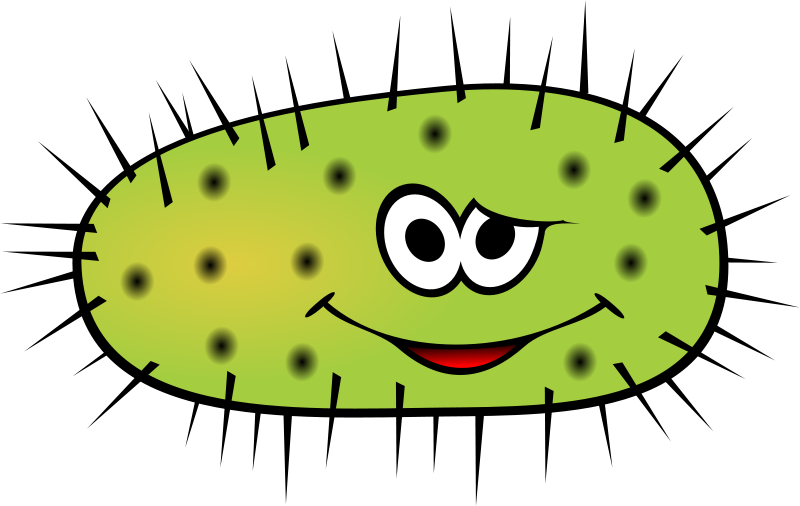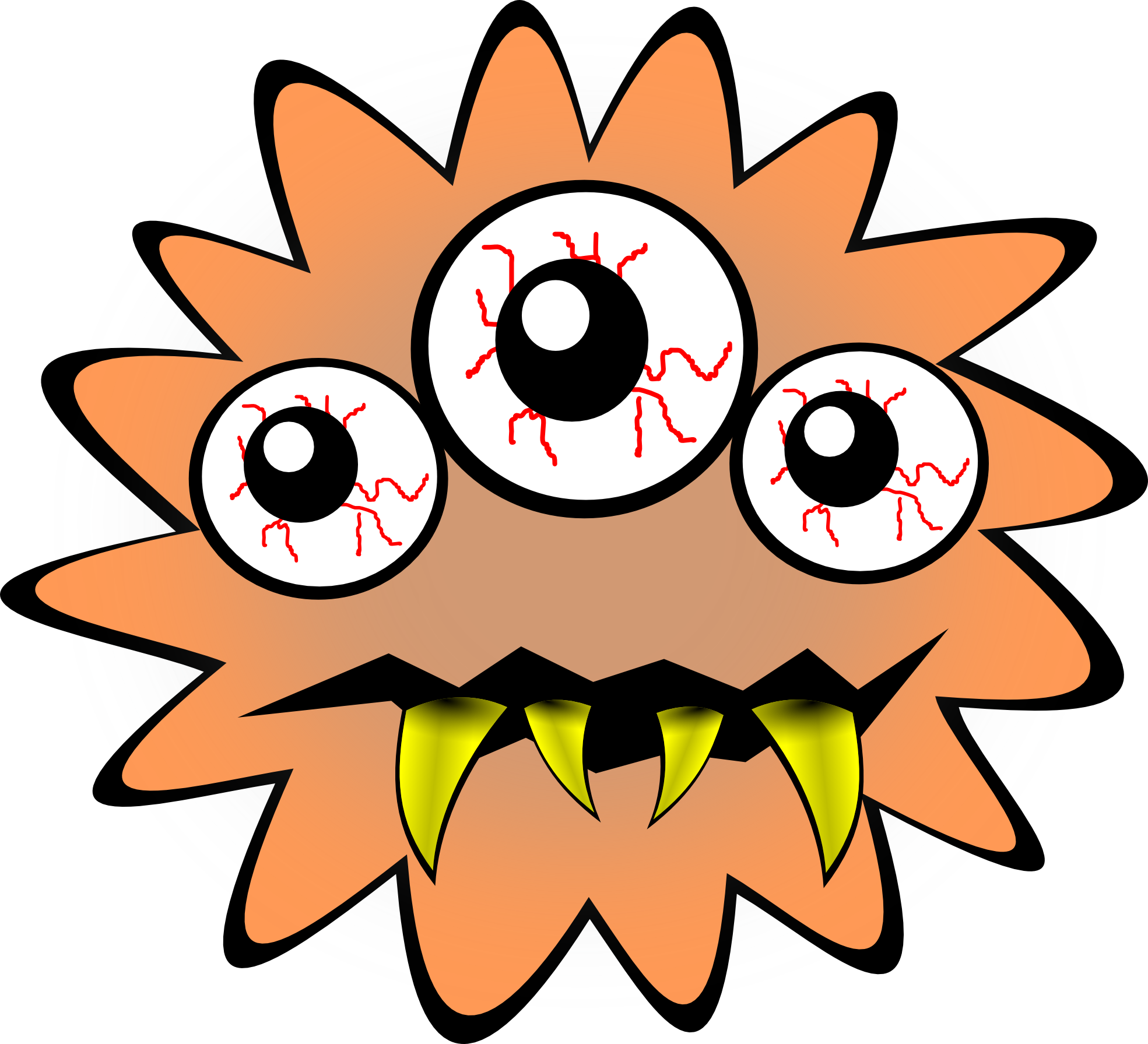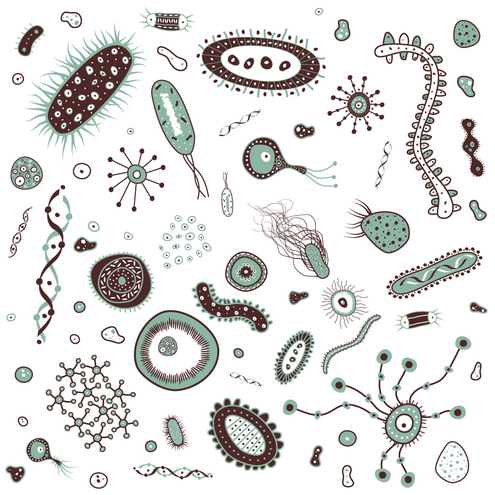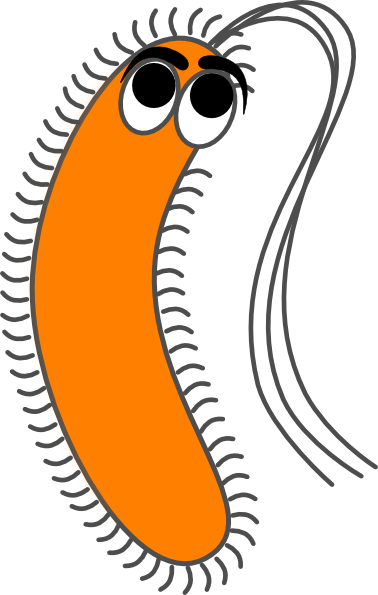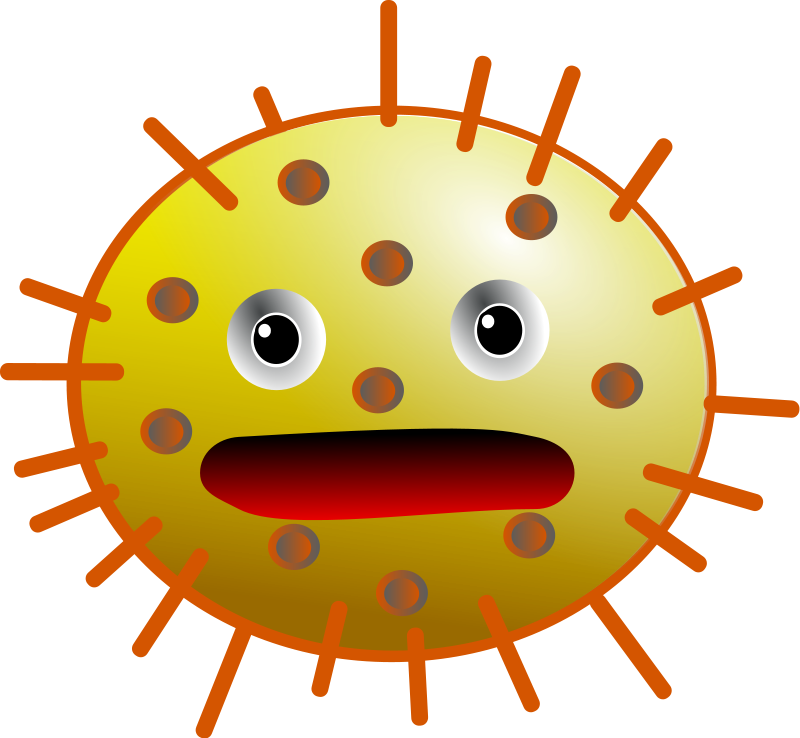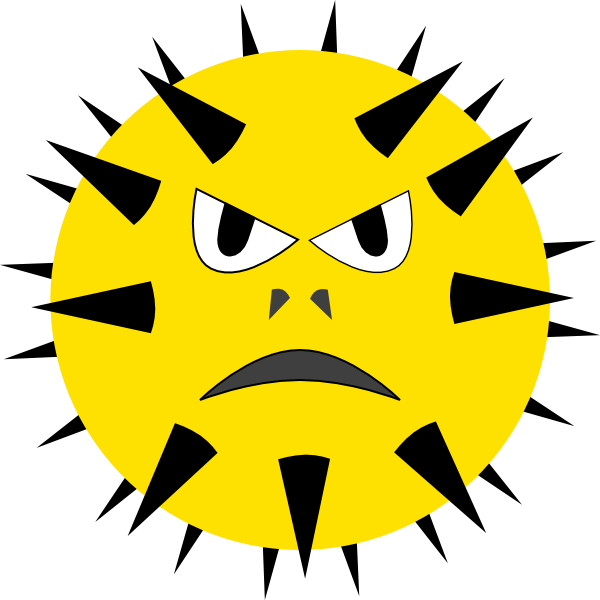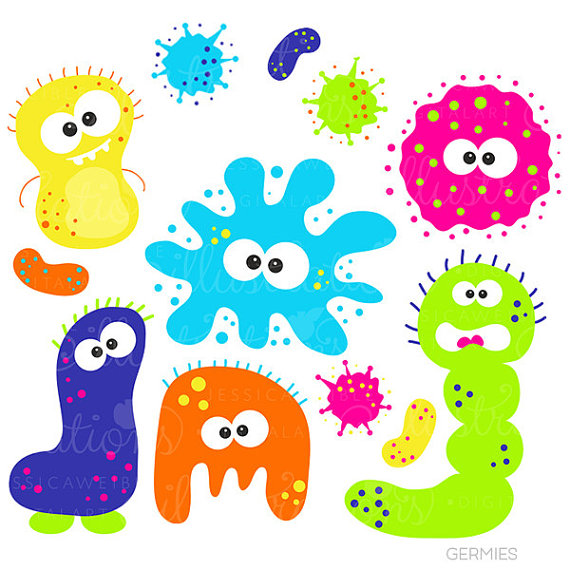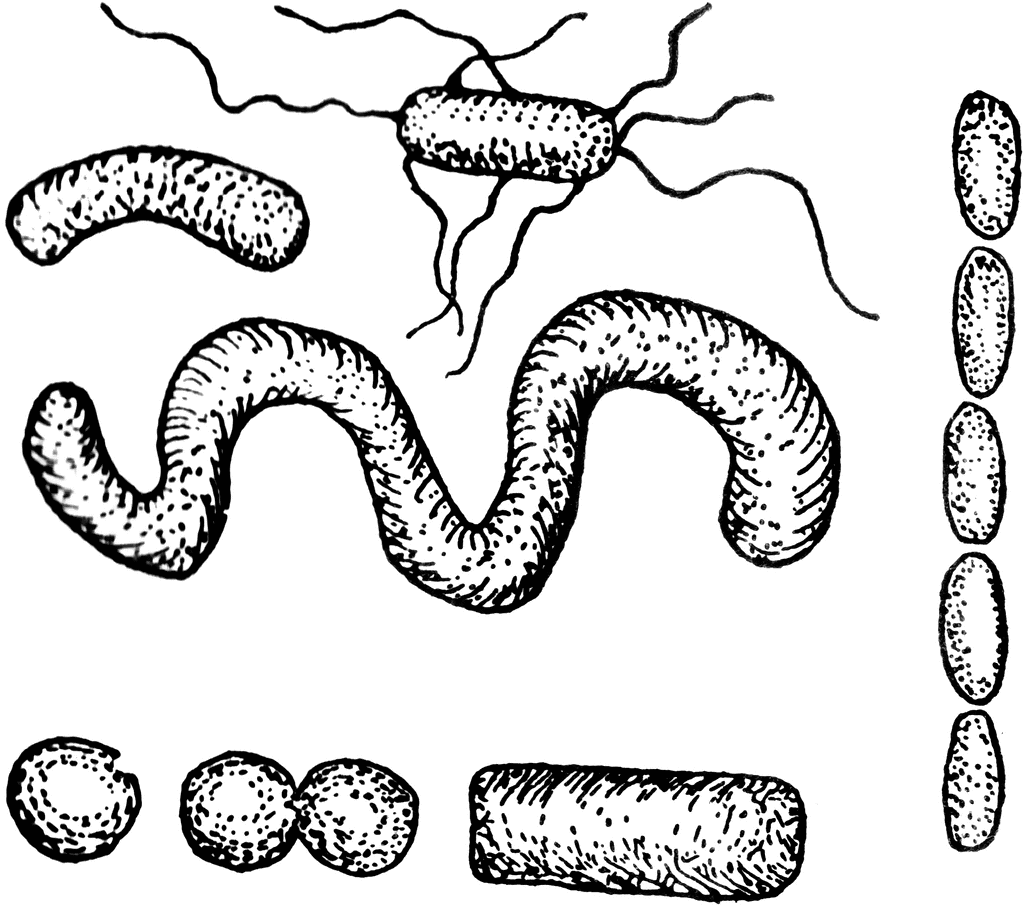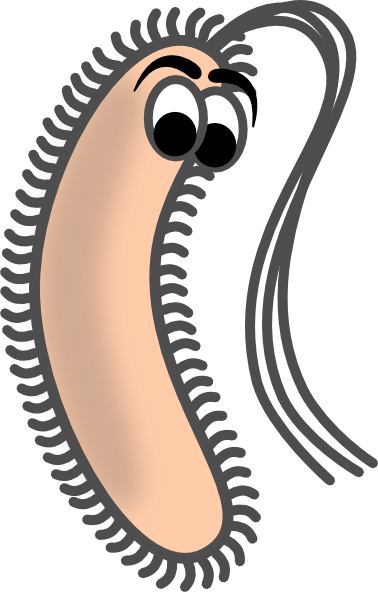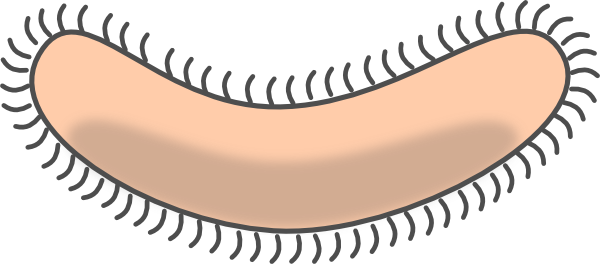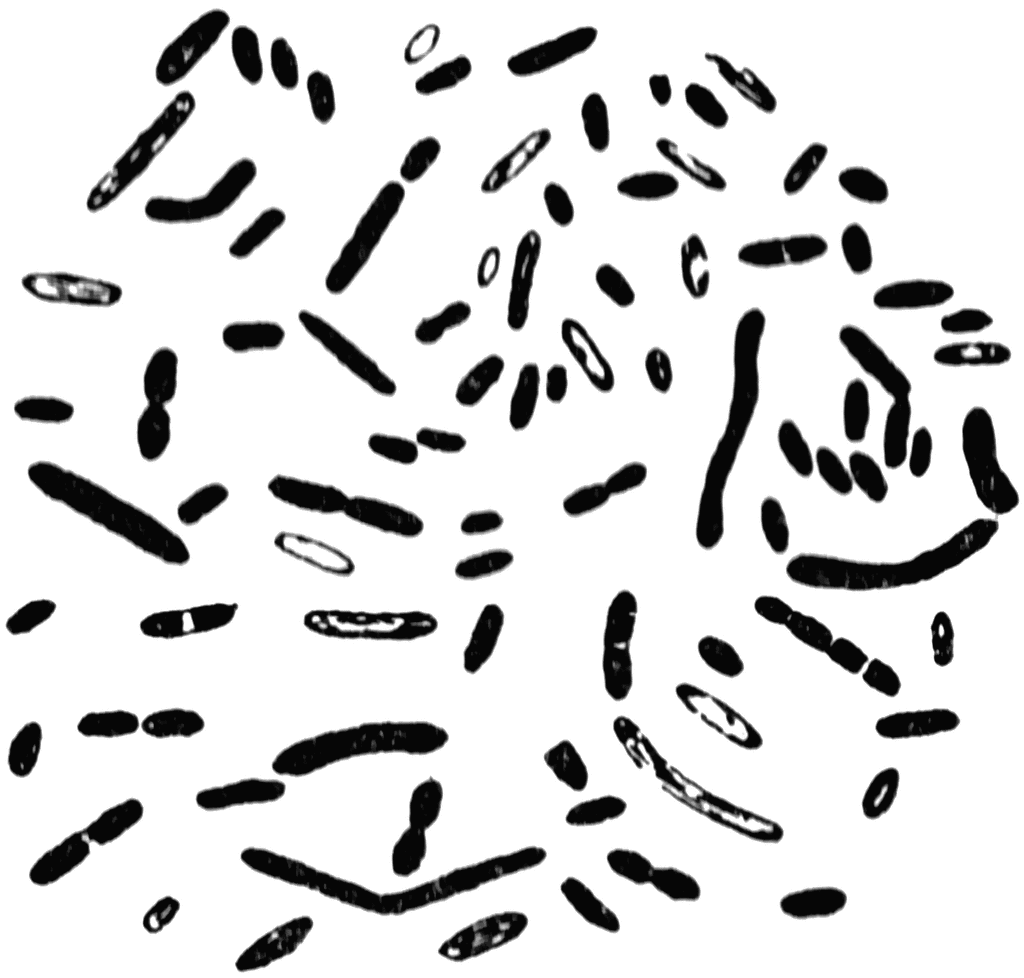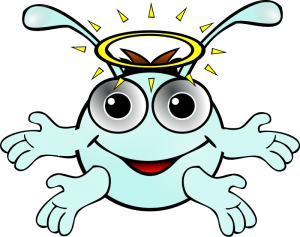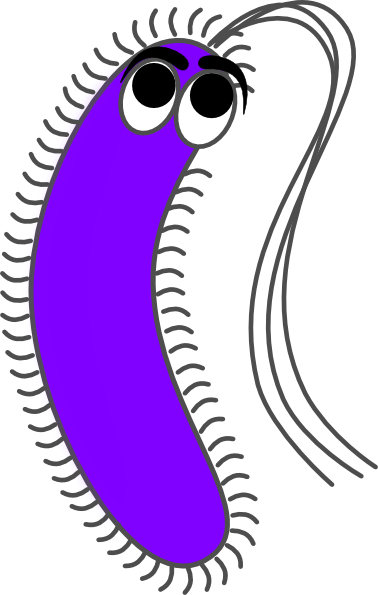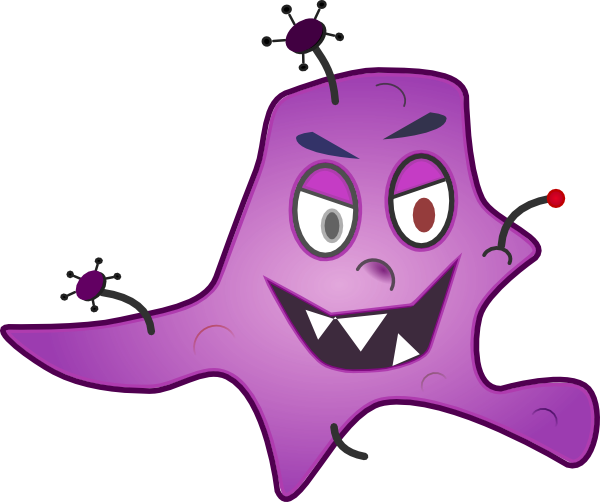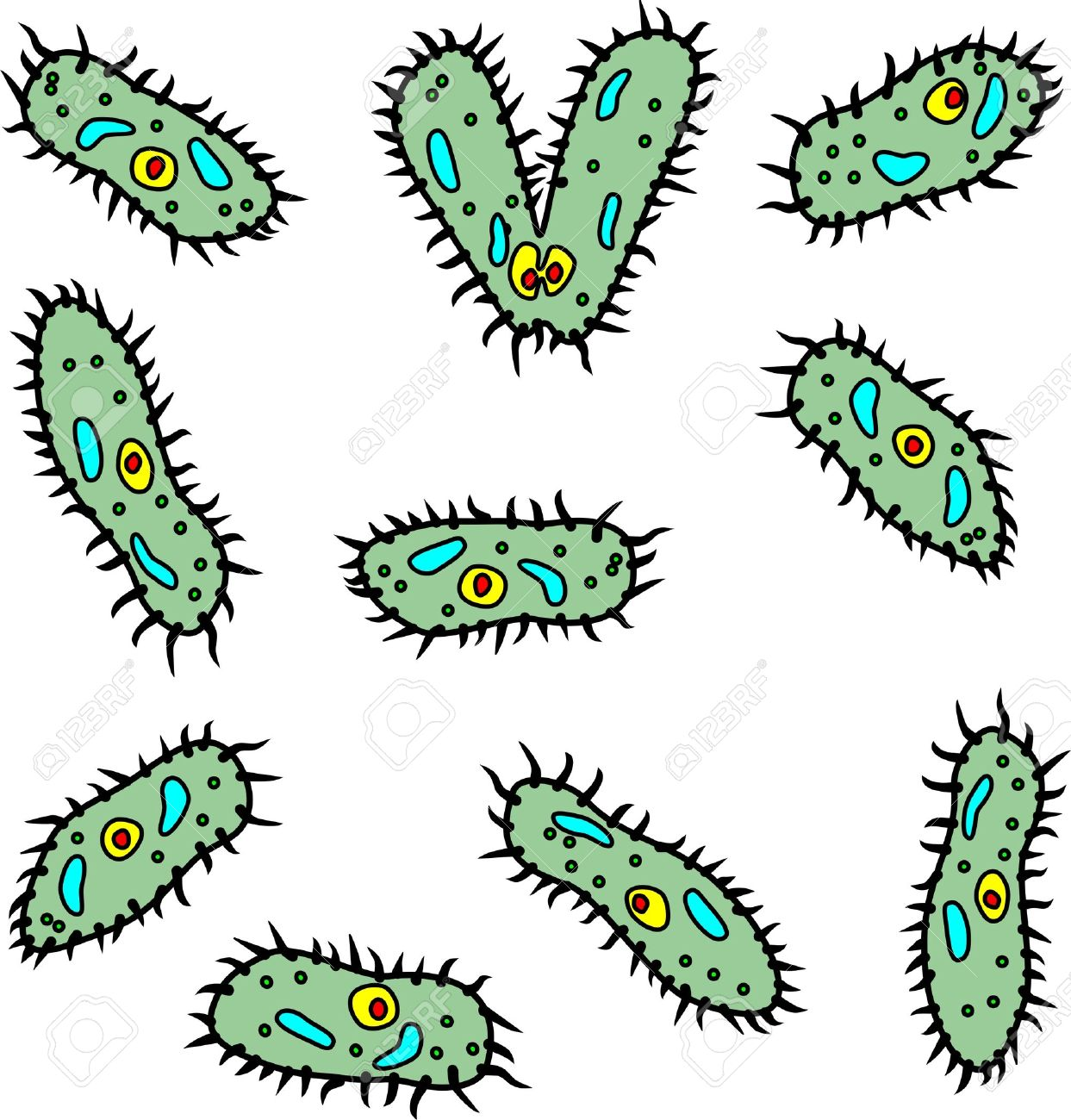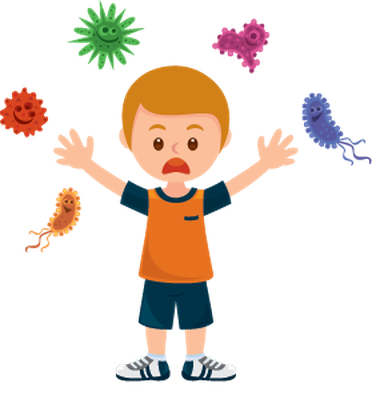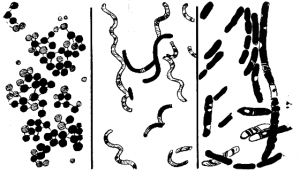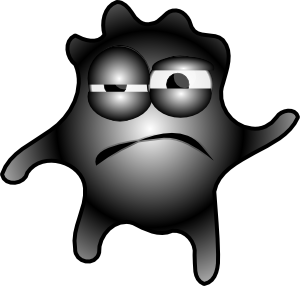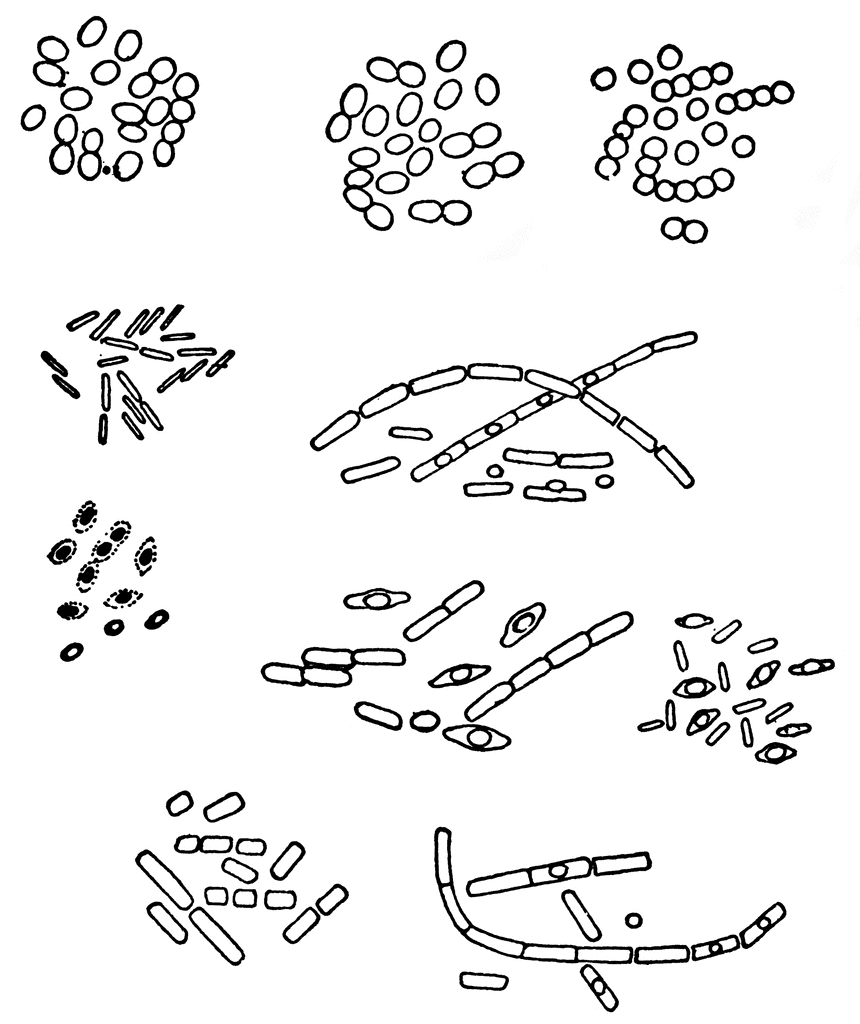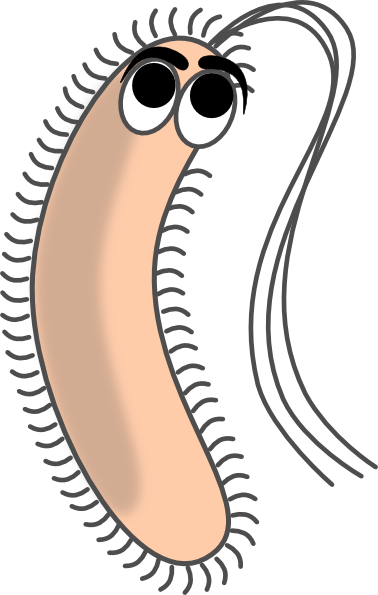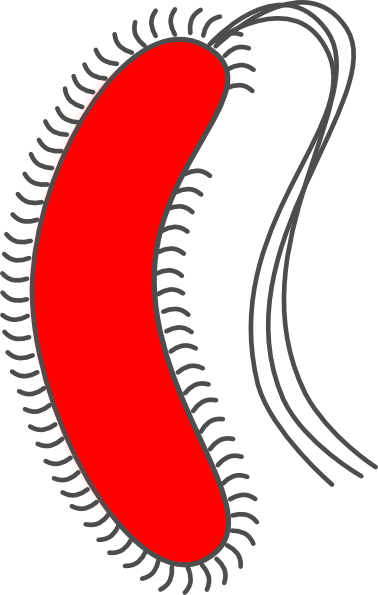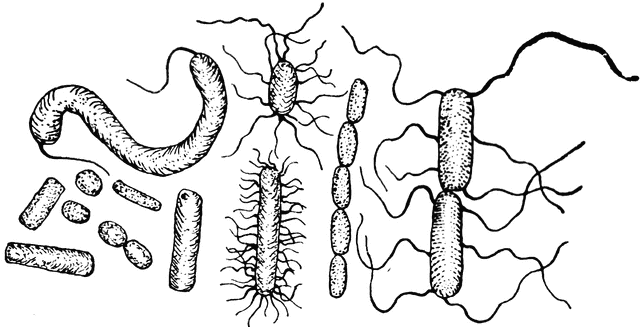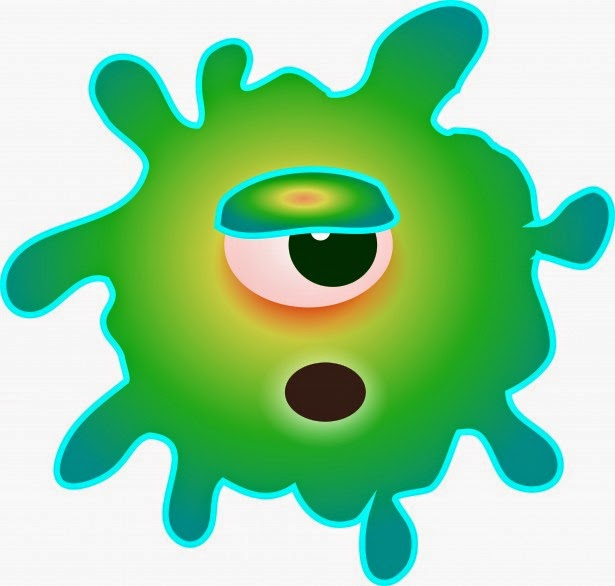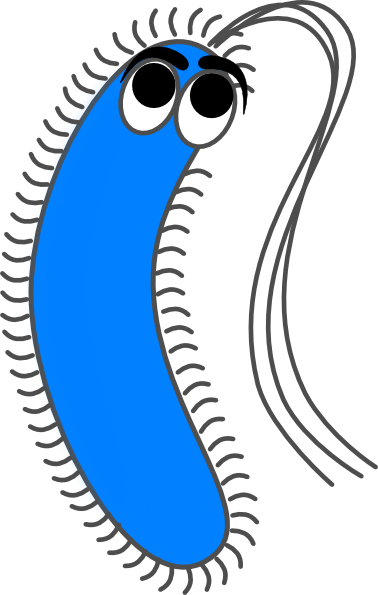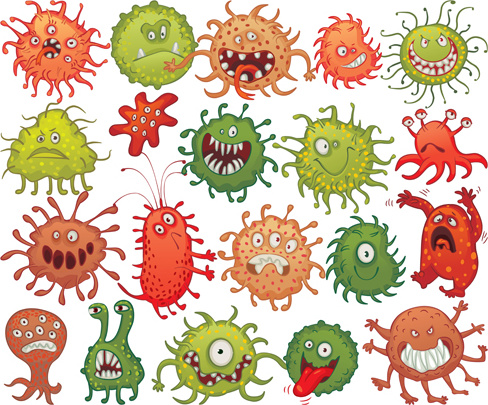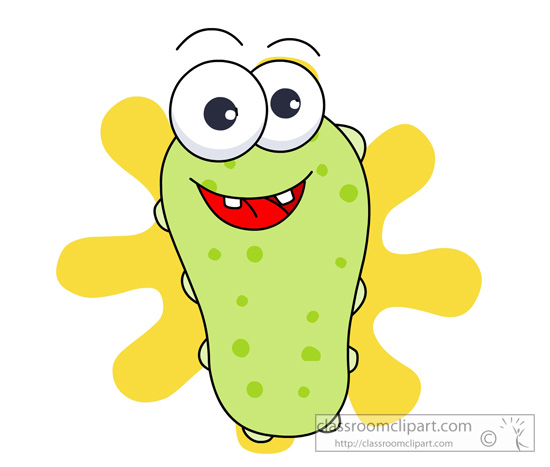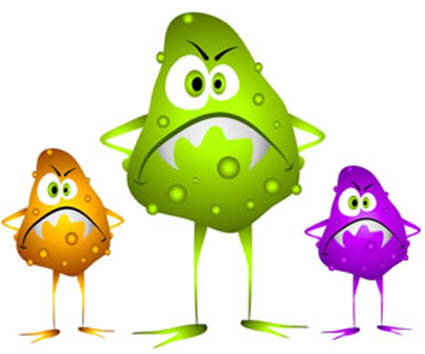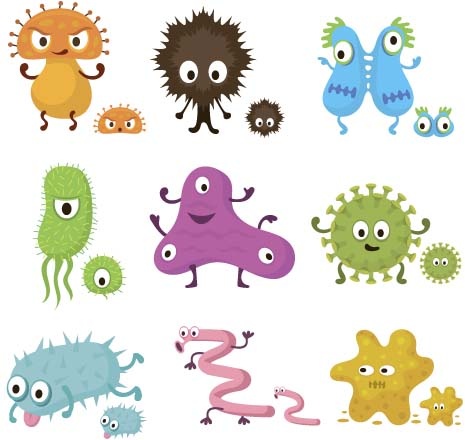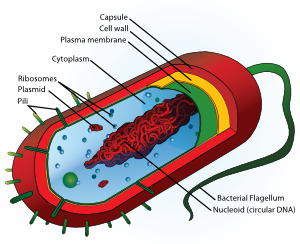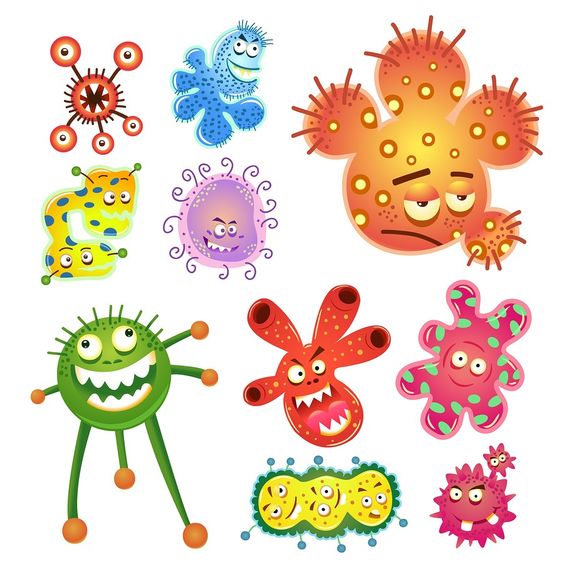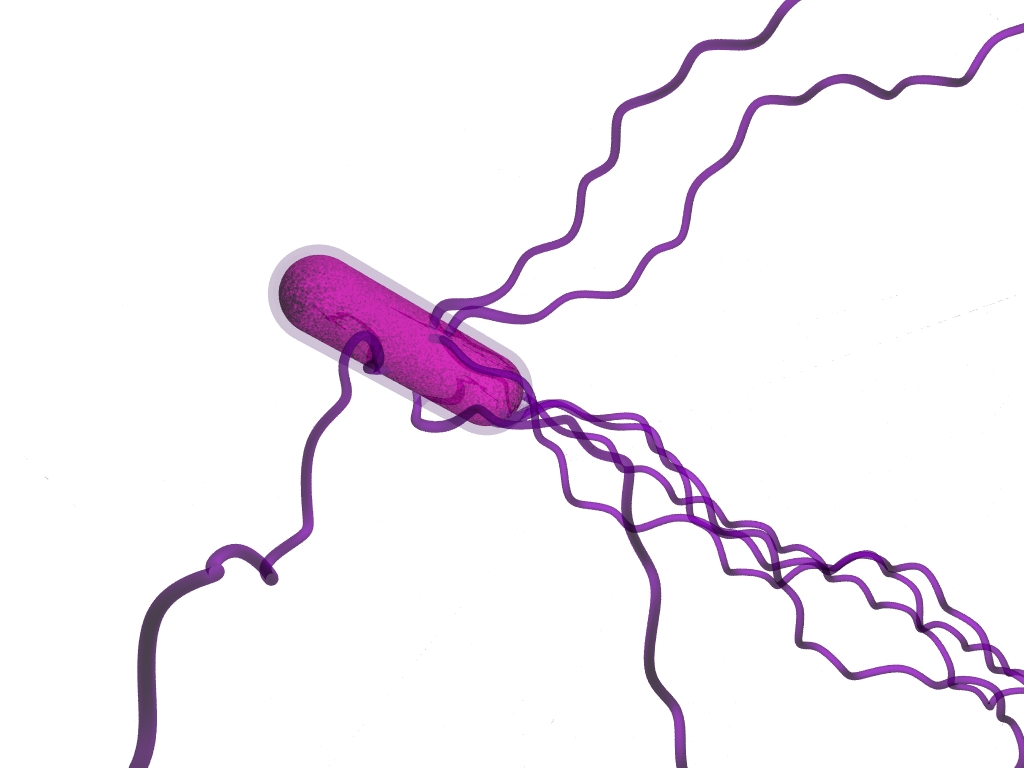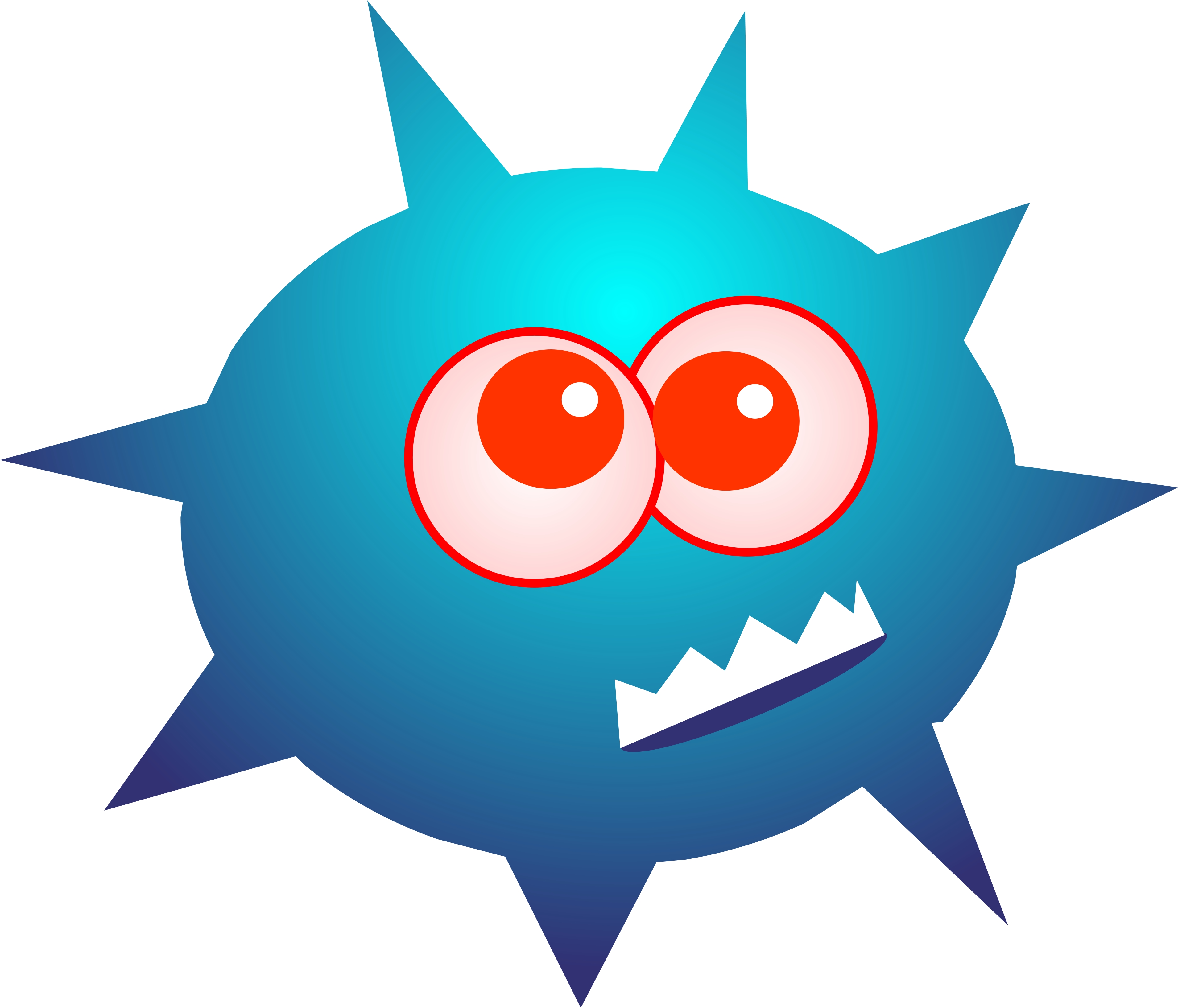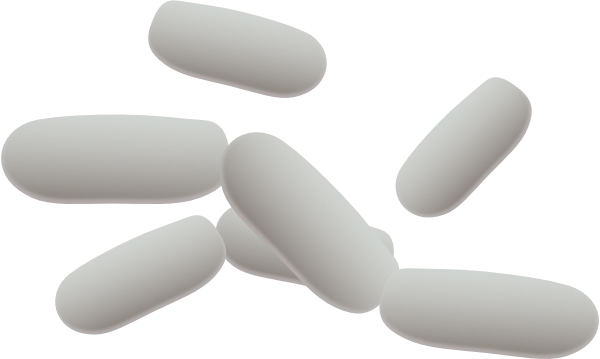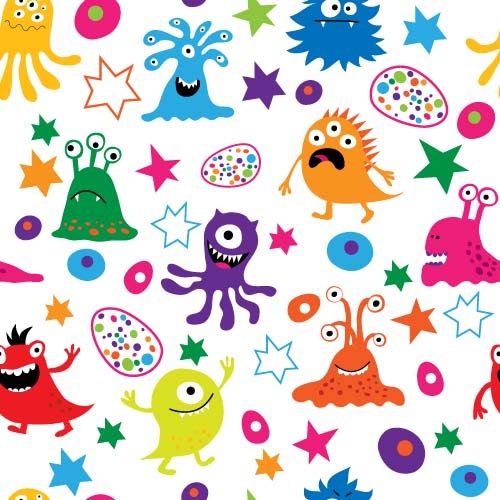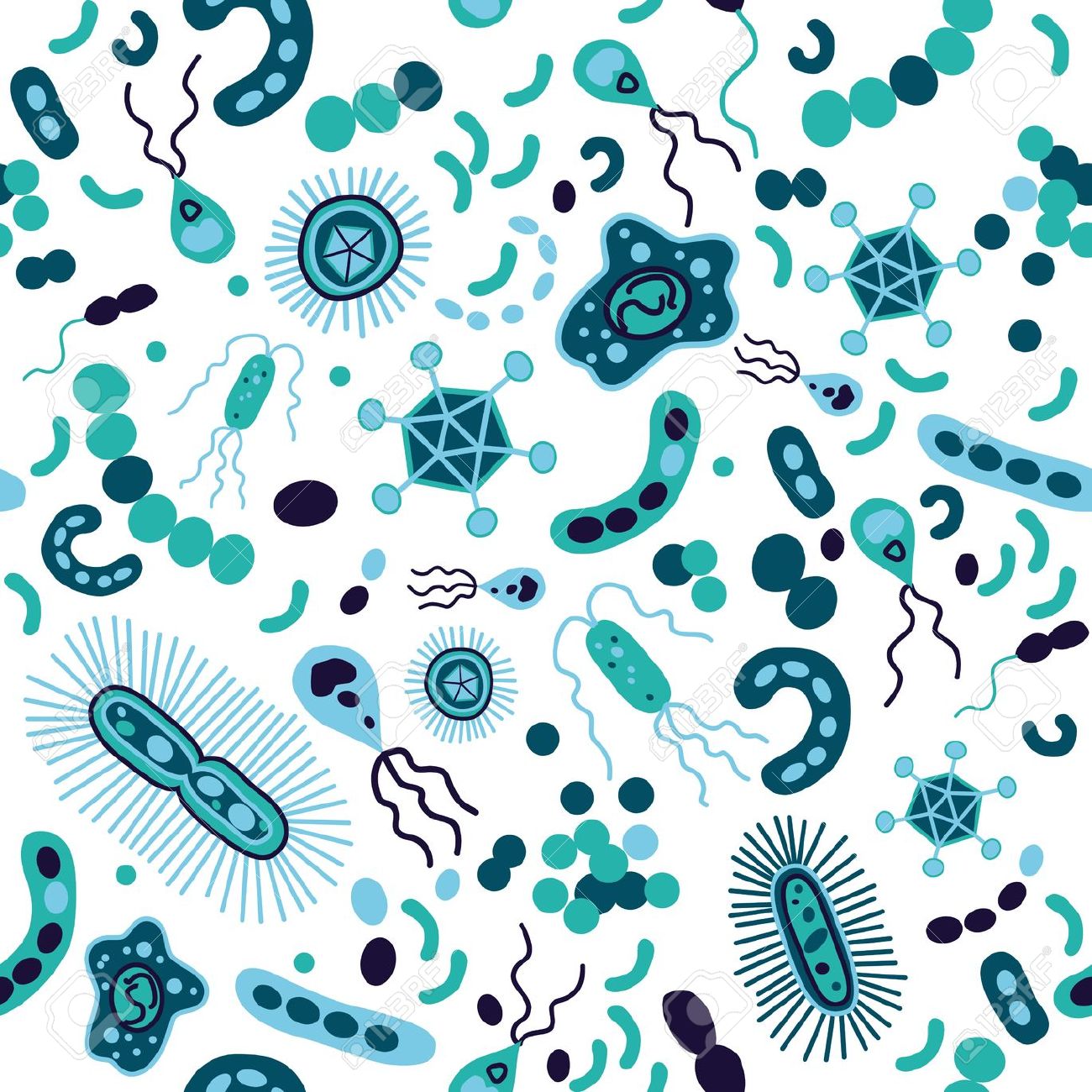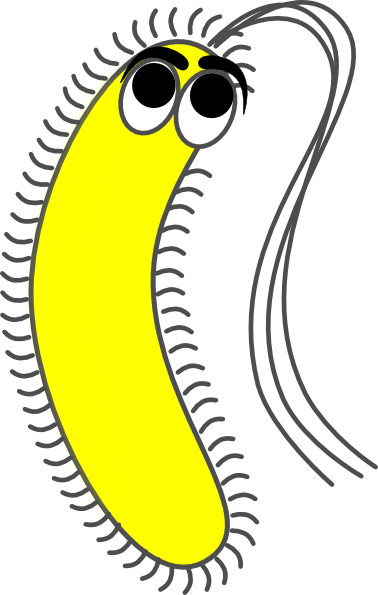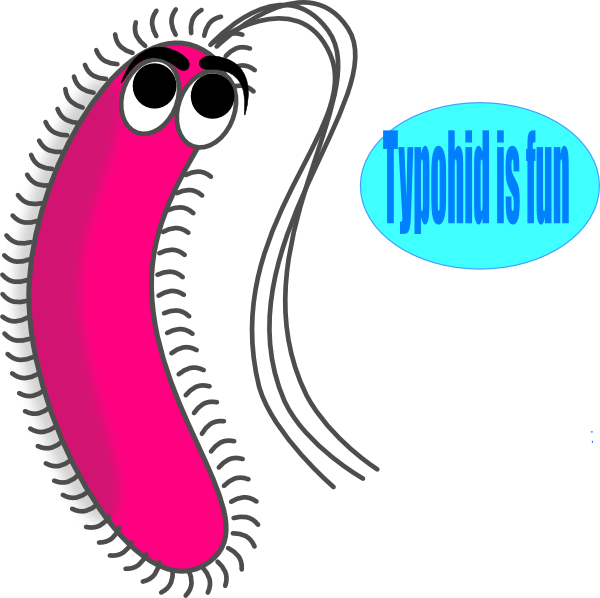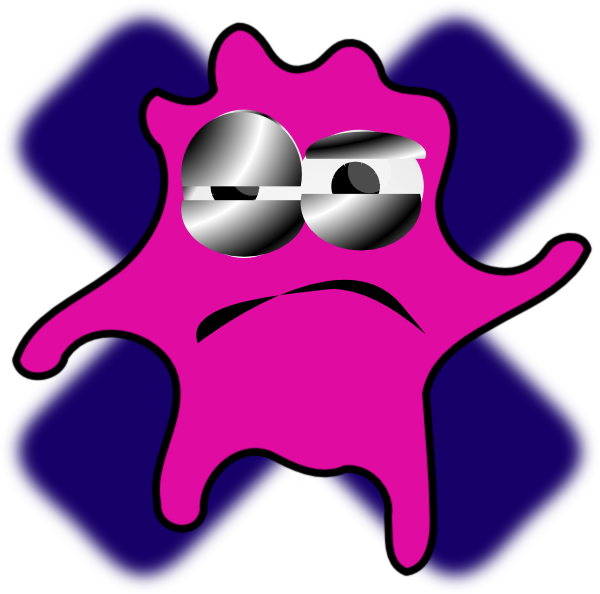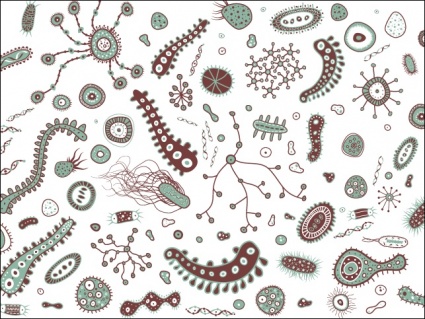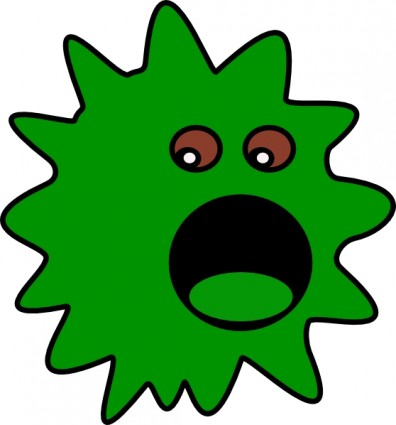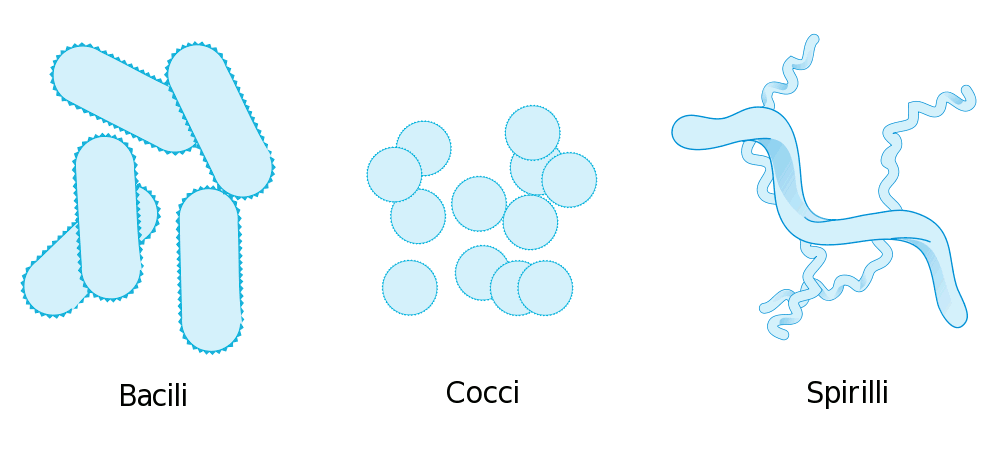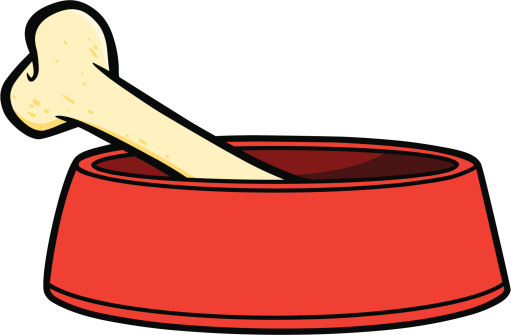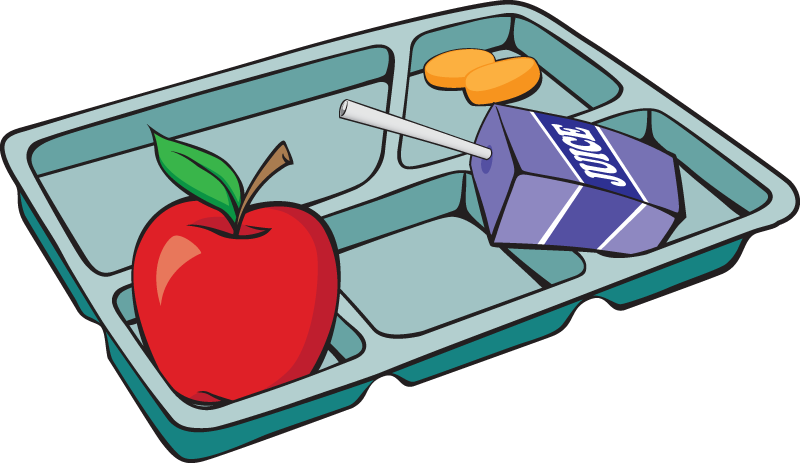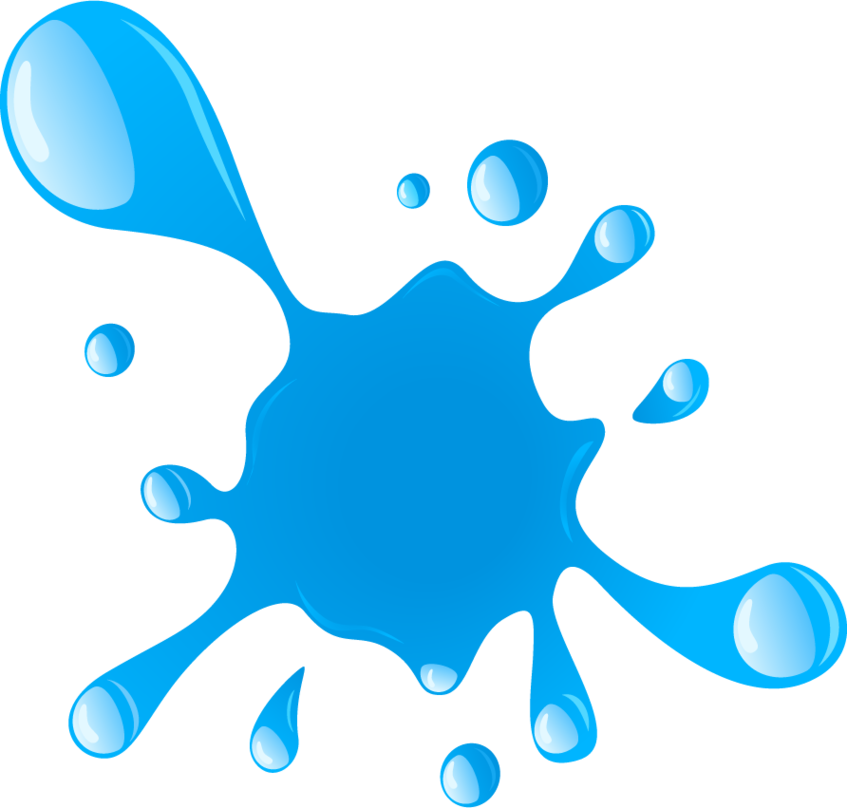Bacteria Clipart
Bacteria are microorganisms that exist all around us. They are small, single-celled living organisms that can be found in diverse environments, such as soil, water, and air. Bacteria also play an essential role in maintaining a healthy human body, as they reside in our digestive tracts and help us break down food.
Bacteria have a unique structure that distinguishes them from other organisms. They have a cell wall, a plasma membrane, and a nucleic acid-filled cytoplasm. Unlike other organisms that have a nucleus, bacteria have a circular DNA within their cytoplasm. Bacteria also have flagella or pili that aid in their movement and exchange of genetic material.
Bacteria come in various shapes, including rods, spheres, and spirals. The shape of bacteria is closely related to their function and their ability to survive in different environments. For instance, cocci are spherical bacteria that are well adapted to live in aqueous environments, while bacilli, rod-shaped bacteria, can resist desiccation and be found on various surfaces, such as dust particles and skin.
The harmful and beneficial properties of bacteria depend on the species and their environment. Some bacteria are known to cause diseases such as tuberculosis, strep throat, and tetanus. Other bacteria, like lactobacillus and bifidobacteria, are beneficial and play a crucial role in maintaining a healthy gut environment. They help break down food, produce essential vitamins such as B12, aid in the digestion of lactose and have been linked to the development of a healthy immune system.
Bacteria also play a pivotal role in various fields such as agriculture, medicine, and biotechnology. In agriculture, bacteria are used to produce food and seed inoculation. In medicine, bacteria are used to produce antibiotics and vaccines, while in biotechnology, bacteria are used in genetic engineering to produce insulin, human growth hormone, and enzymes.
The discovery of bacteria since the mid-1600s has led to significant findings that have revolutionized scientific knowledge. Antonie van Leeuwenhoek, the father of microbiology, was the first to observe bacteria using a magnifying glass and create the first accurate illustrations of bacteria through microscope observation. Louis Pasteur's work on bacteria led to the discovery of pasteurization, which is the process of heating liquids to kill bacteria, and Germ Theory, which changed medical practices towards understanding bacteria's role in causing diseases. Robert Koch's work led to the development of the postulates used to determine the causative agent of diseases, which paved the way for modern medicine and microbiology.
Bacteria are essential microorganisms with diverse functions. Their structure, shape, and properties depend on their environment and function. Bacteria can be harmful or beneficial depending on the species and play a pivotal role in various fields such as medicine, agriculture, and biotechnology. The discovery of bacteria has revolutionized scientific knowledge, leading to significant findings in microbiology and medicine.
44 Bacteria Clipart vector / images. Browse the popular clipart of bacteria and get Bacteria Clipart for your personal use. Please share these Bacteria Clipart to your friends if it is useful.
